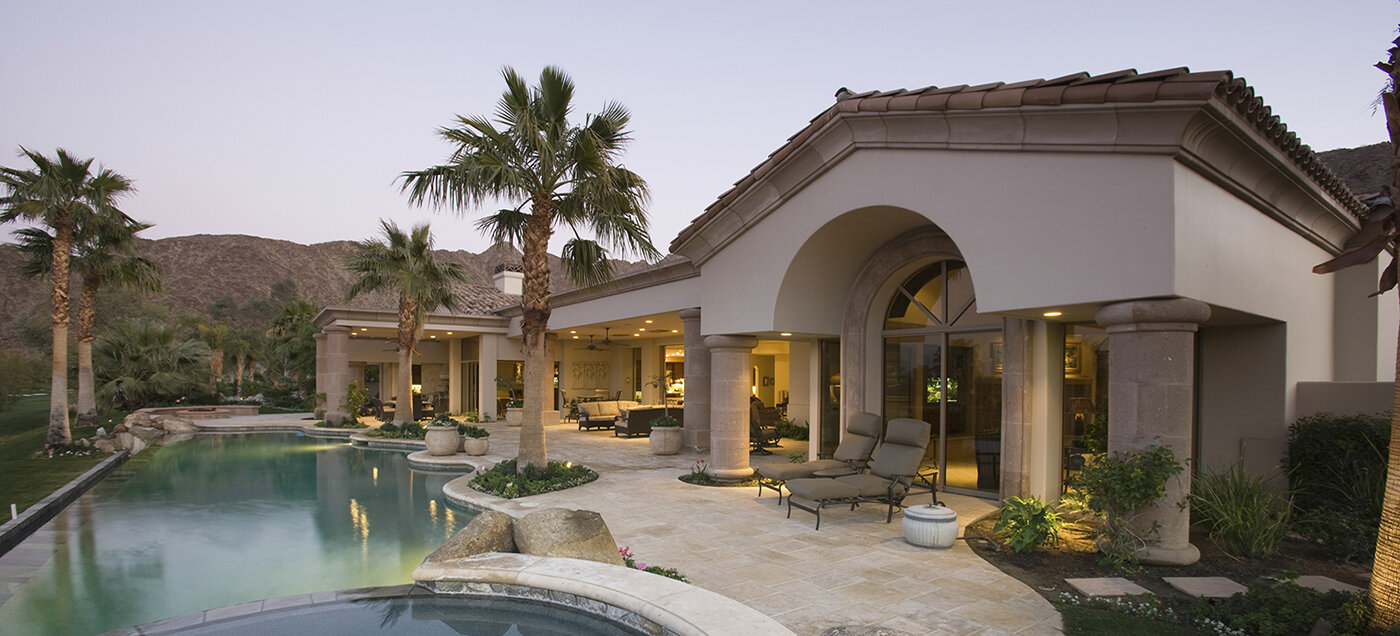Residential Real Estate News

COVID Drove New Home Construction to U.S. Suburbia in 2020
Residential News » Phoenix Edition | By Monsef Rachid | March 4, 2021 8:45 AM ET
According to the National Association of Home Builders, the suburban shift in U.S. home building stemming from the COVID-19 pandemic fears - as first reported in last year's Q2 NAHB Home Building Geography Index -- continued throughout the rest of 2020.
Single-family construction continued to over perform in suburbs, exurbs and rural communities, according to fourth quarter HBGI data released today. This continuing trend is a direct result of the pandemic; as more workers were able to telecommute and preferences shifted favoring larger homes, these changes prompted buyers and renters to seek out more affordable markets in order to accommodate home offices, home gyms and specialty rooms.
"Housing was one of the few economic bright spots in 2020, as builders worked to meet growing demand for single-family and multifamily housing, particularly in more affordable, smaller metro areas," said NAHB Chairman Chuck Fowke. "Housing can continue to be an engine of job creation and help the economy move forward in 2021. But in order to do so, policymakers need to address rising regulatory burdens and sharp increases in lumber and other building material prices that are harming housing affordability."
"Over the past three quarters, the HBGI data has revealed a measurable shift in home building from more costly, large metro areas to more affordable markets," said NAHB Chief Economist Robert Dietz. "We expect only a partial reversal of these trends this year as nationwide vaccination efforts significantly ramp up in the months ahead."
Fourth quarter HBGI data reveal a clear shift in the geography of home building:
- Outlying counties of smaller metro areas experienced a 20.7 percent growth rate for the year;
- Small metro core areas posted a 15.7 percent annual growth rate;
- Large metro suburbs registered a 15.1 percent yearly gain; and
- Large metro core areas (close-in residential areas) posted the slowest gain, with just a 9.1 percent growth rate.
Sign Up Free | The WPJ Weekly Newsletter
Relevant real estate news.
Actionable market intelligence.
Right to your inbox every week.
Real Estate Listings Showcase
Related News Stories
Residential Real Estate Headlines
- Las Vegas Area Home Prices Uptick 4.3 Percent Annually in March
- Single-Family Rent Growth in U.S. Trends Upward in 2025
- U.S. Mortgage Rates Tick Down Post Trump Tariffs Commencement
- President Trump's 'Liberation Day' Tariffs Potential Impact on the U.S. Housing and Mortgage Markets
- Baby Boomers Biggest Cohort of U.S. Home Buyers in 2025 as Millennials Decline
- U.S. Monthly Housing Payments Hit Record High in 2025
- U.S. Pending Home Sales Uptick in February
- Global Prime Residential Rent Slowdown Continued in Late 2024
- Ireland Home Price Inflation Hits 8 Year High in Early 2025
- Existing Home Sales in America Uptick in February
- Great Miami Area Residential Sales Decline 15 Percent Annually in February
- Mortgage Rates Uptick in Mid-March, Ending 9-Week Decline in U.S.
- World Property Ventures Builds the Future of Real Estate with New Funding Round
- U.S. Builder Sentiment Declines Amid Economic Uncertainty and Rising Costs
- Black Homeownership Rates in U.S. Enjoy Largest Annual Increase of All Racial Groups
- Wealthy Renters Are Taking Over More of the U.S. Rental Market
- If U.S. Congress Does Not Extend NFIP Soon, Thousands of Daily Home Closings Impacted
- U.S. Mortgage Applications Spike 11 Percent in Early March
- Greater Palm Beach Area Residential Sales Rise in Early 2025
- New Apartments in U.S. Are Leasing at Slowest Pace on Record
- U.S. Mortgage Rates Drop to 4 Month Low in March
- Overall U.S. Mortgage Delinquency Rates Dip in December
- New Tariffs on Canada, Mexico to Impact U.S. Homebuilder Input Costs
- Monaco's Property Market: A Tale of Two Cities
- U.S. Home Purchase Cancellations Surge, 1 in 7 Sales Getting Canceled
- U.S. Pending Home Sales Hit Historic Low in Early 2025
- Greater Miami Area Residential Sales Dip in January
- Governor DeSantis Supports Ending Property Taxes in Florida
- WPV Aims to Become the Berkshire Hathaway of Real Estate Tech
- U.S. Home Sales Slump Continues in January
- Average Americans Spend 38 Percent of Monthly Income on Mortgage Payments
- Switzerland's Safe-Haven Appeal Grows with World's Wealthy Homebuyers
- U.S. Builder Confidence Rapidly Declines in February
- Las Vegas Home Sales Rise 6.7 Percent Annually in January, Condo Sales Dip
- Homebuyer Demand in America Drops to 5-Year Low in Early 2025
- Ownership More Affordable Than Renting in Most U.S. Markets
- The World's First Global Listings Service Launches, Called a GLS
- Home Prices Continue to Rise in 89 Percent of U.S. Metros in Late 2024
- Global Luxury Residential Prices Showed Gradual Improvement in Late 2024
- U.S. Construction Hiring Rate Drops to Lowest Levels in 5 Years





